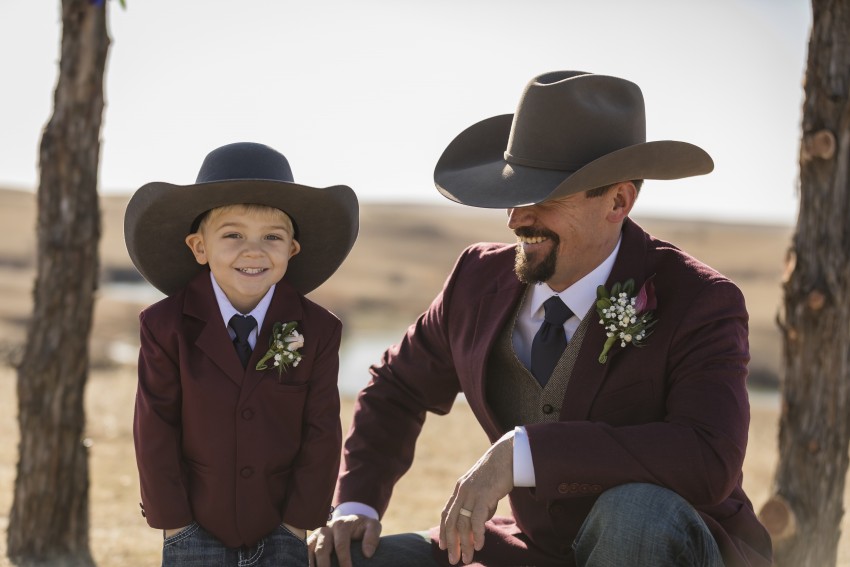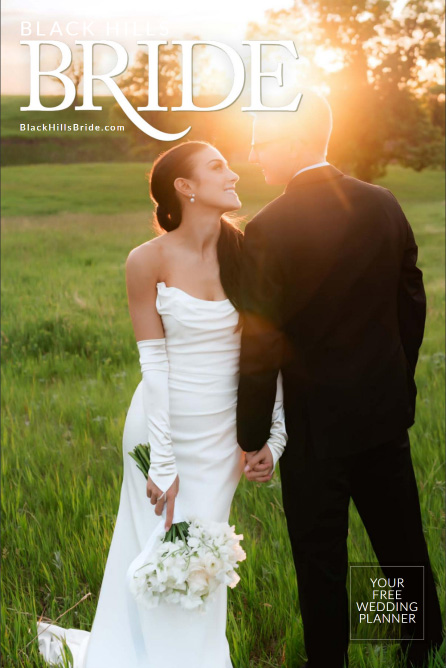How to Word Your Wedding Invitations
There's more to an invitation than telling guests where to go. How you word your invite also tells them what to wear and who they can bring, so make sure you get it right!
We’ve all heard horror stories of guests who want to bring friends when you’re working on a tight budget, or family members who don’t tell you who all is coming. It’s last-minute stress that no couple wants to deal with right before their big day! Luckily, there are some tips and tricks you can use to prevent some of these issues.
Start With the Basics
This may seem straight-forward, and it mostly is. You're inviting guests to your wedding, they just need the time and place, right? Yes, and no. The most important information is indeed the simplest, however. Include the date, time and location of both your ceremony and reception.
This one should go without saying, but make sure you include your names! It’s your day, after all, so your names should be the largest on the invite. There’s a lot to think about when it comes to whose name is on the invitation. Traditional wording looks like this:
Mr. and Mrs. John Smith request the pleasure
of your company at the wedding of their daughter
Stephanie Marie
to
Anthony Edwards
son of Mr. and Mrs. Michael Edwards
The important thing to note is that you don’t have to play by the rules here. Traditionally this format was used to signify that the bride’s parents were paying for the wedding and signified the bride’s transition from her parents’ family to her husband’s. A general rule of thumb is whoever is paying for the wedding is the person/people that are mentioned as inviting guests, such as “Mr. and Mrs. John Smith request the pleasure of your company” in the example above.
These days, most couples use the invitation as a simple way to introduce their families. You can put all the parents before your names, after them, before and after like the traditional wording, or not at all. It comes down to what you are comfortable with as a couple and your relationship with your family.
Preventing Future Issues
We've covered the basics, but what about registry information? How do you indicate exactly who is invited, and if you'd prefer no kids or plus ones? There are some subtle but important ways to accomplish this and getting it right on the invitation can save you hassle down the road.
While registries and gift-giving are an almost expected part of getting married, it is still taboo to include your registry information in a formal invitation. It's okay to include a separate card in your invites that has a link to your wedding website — not your registry. Once guests are on your website, they can find registry information there.
Expressing exactly who is invited can be a sticky topic, but it's better to be definite now and set expectations. If you want to have an adult-only affair, make sure you address invitations to only the adults in a family. This is done by writing out their full names on the mailing address, and on the inner envelope if you’re using one — do not include “and family” or write “the Smith family.” Doing so implies that children are invited too. Alternatively, if you have a large family with lots of children, you might offer a babysitter or other childcare options. It’s not required, but family with children who want to celebrate with you will appreciate it. Bonus: if budget is an issue, most caterers can do kids’ meals for cheaper than your normal meal if you ask.
The same idea applies for friends or family who might want to sneak in a plus one: address invitations to only the people you are inviting. Do not include “and guest,” “and family” or similar wording. Do the same on the RSVP. Include only names, and if you want to further solidify it, write the number of guests you're expecting from their party on the RSVP as well.
Where’s the Party At?
Let your guests know where the reception will be. This can be as easy as “reception to follow” at the end of the invite, or you can get creative! Saying something like “dinner, dancing, and celebration to follow” or similar can add a bit of fun and also let your guests know if you're having a more informal affair. This is also the perfect opportunity to let your guests know if you don’t plan on a full meal. A simple “cake and punch to follow” or “join us for cocktails and hors d'oeuvres” will get the point across.
Finally, let your guests know what they should wear. While the design of your invitation is a hint to the level of formality of your wedding, the easiest way to say it is just to say it. Don't leave your guests wondering what you expect — you'll end up with dozens of calls the week of for clarification. A simple “black tie” or “casual attire” at the end of your invitation is perfect.
As with everything in wedding planning, make sure you and your partner discuss your wedding invitation wording and come up with a plan you’re both comfortable with. Your wedding should be a celebration of your love, not a source of stress or hurt feelings. Be open and honest with everyone involved, but do what feels right for you and your day.


